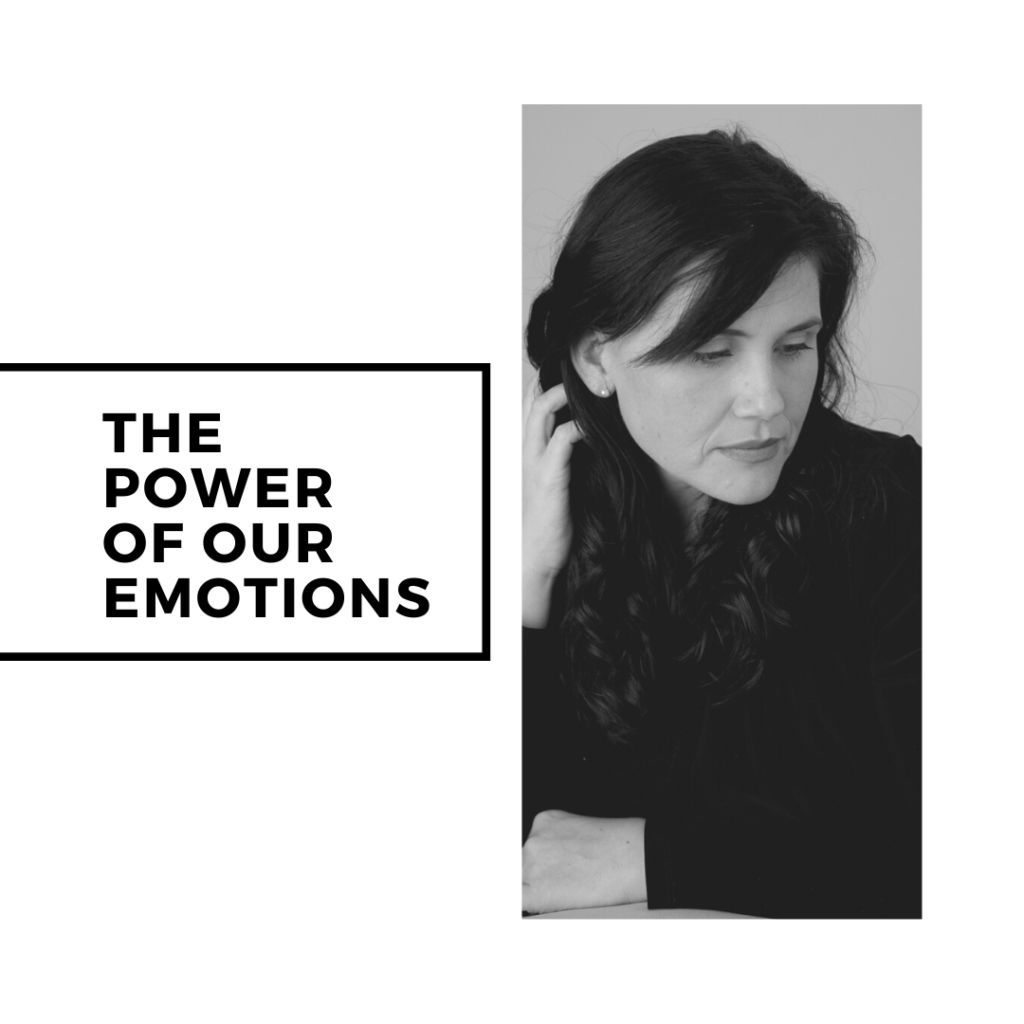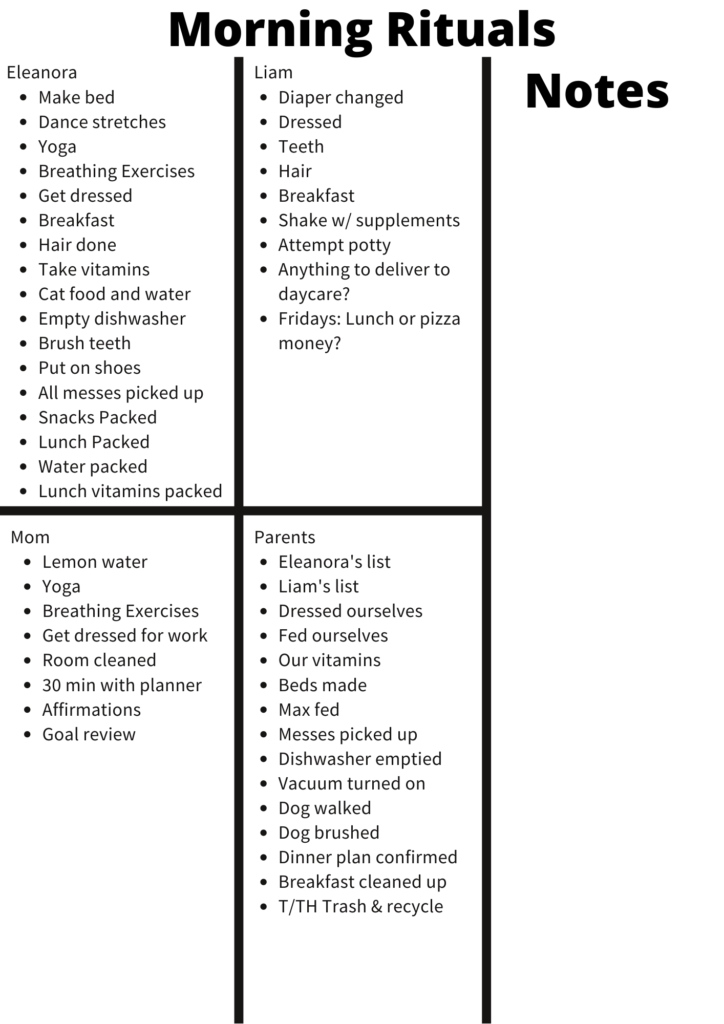
Normally my blog is filled with content about the tools and skills I teach and coach on, but today, I want to use this platform to open up some of my personal, private journey.
In an effort to de-stigmatize conversations around mental health and normalize conversations around therapy, I want to share my personal experience of the last few months.
Despite all the knowledge, tools and resources I have from my coach training that have empowered me to manage my thoughts, manage my mind, rewrite stories that aren’t serving me, and take control of my life, I still had some triggers I couldn’t get a grip on.
What I mean by “triggers” is every now and then, something would be said to me that would send me spiraling. Sometimes it was a person. Sometimes it would be something I would read or was in the media. But every now and then, I would find myself completely stuck on something I couldn’t control. It would dominate my mental space. No matter how many times I tried to regroup or refocus on what actually matters, it would take me a few days to release the stress-inducing thought and not worry about it.
Earlier this year, I had three experiences in a two month period of time where I could not reground myself for three or more days. I could go through the motions of life and keep fulfilling my requirements like my family, coaching calls, and anything on my calendar. But once my mind had the freedom to wander, it was back to the thing I was stuck on. My ability to tap into my creativity, productivity, and ideation was completely blocked. I couldn’t be fully present in my life. I didn’t have internal peace. I KNEW logically what to do, but no amount of prayer, meditation or journaling could help me “snap out of it.”
My husband lovingly said to me “Sophia, I am totally happy to talk through this stuff with you again, but I don’t actually think it will help you. I think you need to get back into therapy.”
I knew he was right. And for a couple years I had heard about EMDR and been very curious. It’s a form of therapy that centers around looking at specific memories the brain has stored. When the brain encounters trauma, it rewires itself for your safety. It’s job is to protect you. It’s beautiful. The problem is, we don’t have conscious control over what the brain decides is trauma. So something that you may think “wasn’t a big deal,” for example, someone being mean to you or upsetting you, could have been traumatic for your brain. There are obvious traumas, but then there are ones we may not realize are still affecting us.
EMDR goes back into those memories and rewrites the stories your brain attached to their meaning. By looking directly at the pain you don’t want to see again, with the guidance of a professional, you can change how you store that experience. And your body stores it too.
Despite my curiosity, I never tried it because “I didn’t have any real serious trauma.”
However, after these repeating triggers and spirals, I was done waiting. I want to feel fully in charge of myself. I want to be in control of me. These experiences felt like I was losing control of myself.
My friend recommended me to a therapist who specializes in EMDR alongside extremely empathetic talk therapy.
It was hard to say yes. Therapy is expensive and there wasn’t discretionary income lying around. In full transparency, I put all the sessions on a credit card. I was able to part with the money by reminding myself that my husband and kids deserve a fully present wife and mom. My business deserves my most creative and present brain. It wasn’t a question of whether I could afford it. I couldn’t afford NOT to fix it.
I thought I had some inklings of what could have been related. Holy moly guacamole did I have no idea. The more she probed and connected dots and asked questions I never asked myself, the more we were able to see where the work was to be done.
Listen, it freaking sucks. I’m not going to kid you. It’s HARD. So. So. So. So. So. HARD.
On the days we did EMDR, and I had to relive some of the deepest pains, my body physically hurt. After going into the memories and then coming out in a new way, I would feel lighter. I felt better and didn’t recall the experiences with as much intensity or pain. But when the sessions ended, I would have to spend hours laying in my bed. As time went on, my body would begin to physically be in pain. I tried to explain it to my husband as “it feels like my blood hurts.” What was happening was my body was reprocessing that experience at the cellular level. Our bodies are incredible. Fascinating. They store our emotions and experiences. As my brain rewrote the information about what these experiences mean about how it is safe to move in the world, my cells had to process it.
Usually after a good nights rest my body would feel normal again, and my soul was a little bit lighter.
Within a couple weeks of therapy, something that would have normally triggered me occurred, and it totally rolled over me. I came home and told my husband about it, but it didn’t take up any mental load. It was just like reporting some facts of an event. I moved on. I knew it was working.
I know that people sharing their stories and experiences is a way that most people learn. I was only open to this work because someone I respect dedicated an entire episode of their podcast on explaining what EMDR is, why they chose it, what their trauma was, and how it was still affecting them 40 years after it occurred. His story stuck with me, and when I was ready 2+ years later, his influence helped me say yes to my healing.
So I’m going to share with you guys some, but not all, of the memories I had to work on and how they were still showing up because I really want to normalize the conversations around this and let people see how trauma may not look like what you think trauma means.
****TRIGGER WARNING****
*Grief, loss, death, infant loss*
**stop reading here and do not continue if it’s too painful to hear details of someone else’s loss, or wait to read when you’re in a space that you have the capacity to hear it.**
******************************
Far and above anything else, what I had absolutely no idea was going to come up was the heavy amount of unprocessed grief I was carrying.
I lost a brother when I was 5. I lost a grandfather at 6. And at 14 I lost my best friend and biggest cheerleader, my grandmother.
I always thought it was strange that I didn’t cry when she died. I just thought I had accumulated thick skin from having had so much exposure to loss at a young age. I thought that I was numb to death and had accepted it as inevitable for all of us. I took out life insurance policies on my kids at birth and have all my husband and I’s wills ready to go and regularly updated because I just walk around in full belief that life is temporary, not guaranteed, and I should be prepared to lose anyone at anytime.
I remember the only time I shed any tears over losing my grandmother was the day I graduated high school. When she got cancer in her mid-fifties, her goal was to see me graduate high school. She was diagnosed when I was in 7th grade, and she didn’t make it to the end of my 8th grade year. I wasn’t able to attend her funeral out of state.
This summer, for the first time in my life, I gave myself permission to grieve. My husband had to hold me as I went into mourning twenty years post the loss.
And then there was my brother. That memory was where a lot of it began.
I was a 5 year old little girl standing in the doorway when my father went to check on my baby brother who had unbeknownst passed of SIDS in his sleep. The memory of witnessing that moment still haunted me 30 years later.
Through this work, I learned that my brain ended much of my childhood innocence that day. When I saw my parents in mourning, I decided to assume responsibility. Not for his death, but for the people I loved around me. I didn’t know how to make anything better, or how to help my parents, but I knew how to do most tasks for my 14 month old sister. I knew how to get what I needed for myself. In an effort to control the chaos, I decided to take responsibility for what I could control. And to not be a burden to anyone around me. My brain made that a blueprint for how to move through the world. They are wired to keep us safe. My brain formulated a core belief that part of my safety was found in easing the burdens of those around me by taking on as much personal responsibility as possible and not asking for help.
Thirty years later, I still was assuming responsibility and trying to take control of things that weren’t mine to own. I was still tapping into immense courage anytime I needed to ask for help. Some people like to talk about “victim mentality.” I had whatever the opposite is, to an extreme. Never be the victim. Always take ownership. Always manage as much as you can control. Do for others even what they didn’t ask you to do for them.
Another memory I had to go into is one I’ve blogged about several times. I was fully aware that I was still carrying baggage from an 8th grade experience of bullying that only lasted about 30 days. I’ve been aware for about 6 years that I was still internalizing it. I cannot tell you how many affirmations I have done trying to rewrite what I believe about myself and my relationship with success. I was still trying to convince myself it’s not true that “if you’re too successful, you’ll lose all your friends”. All the positive quotes and sayings and books were helping me to fix it at the logical level, but subconsciously I was stuck. Through this work, I learned it was stuck in my cells. I couldn’t break through without reliving it in a new way.
Through EMDR, I was able to go back in but with all the wisdom and knowledge I have now. With the guidance of my therapist, I was able to change the belief from “if you’re too successful, you’ll lose all your friends” to “none of this was ever about me.” With my 35-year-old self as her guide, 14-year-old Sophia was able to fully see that everything that occurred in those painful days began as the result of a teenager who had some really deep pains and insecurities. My very existence held up a mirror to her hurt. She was just trying to make her hurt go away. And now I can fully love myself again and love success again without the attachment to how others will respond. Because their responses to my actions are not about me.
There were other memories. And other stories. But those are just a few examples.
We were able to identify that every time I was spiraling, someone or something had tapped into a core wound I had not healed.
Logically, I’ve been saying and teaching “you can only control yourself. Your choices. Your thoughts. Your emotions. Your actions. Everything else you have to release.” And I have been doing that, for years.
But there were a few areas where I was stuck. Where I couldn’t let go. Where I couldn’t fully release what other people do, say or think.
Today, I’m soaking in gratitude. I’m grateful that I have only had one spiral in the last 3+ months.
My therapist helped me through that particular one. We discovered that unique situation managed to tap on every single core wound I am healing all at the same time. No wonder I kept calling my dear, patient friend Deanna and shouting into the phone “AM I CRAZY!?!?! Have I lost my mind? Why is this bothering me SO MUCH?!?!” Every other example from this year tapped into only one wound. How ironic that God would have sent me an event in the smack dab middle of my healing to make me stare all of my pain in the face at the same time? It fast-tracked my healing.
I’m stronger now. I feel better now. And I want more people to feel this freedom. So I’m publishing my story in hopes that someone, somewhere who knows what I mean when I talk about the triggers and the spirals will maybe raise their hand and say, “I need help.” And like me, you may have a core belief that you can’t ask for help. Here’s your sign. From one overly independent, self-sufficient woman to whoever needs to hear this, it’s okay to raise your hand and say, “I’m not okay. I need help.”
In closing, am I done with therapy? Well, I chose to write this blog because for now I am pausing. I feel good.
This work has opened doors for me, and I have found my next level of work. I have hired a new one-on-one coach who I know can take me from here to where I’m meant to go next with her gifts and skills. Her unique coaching involves some of this inner work and healing. So I’m not done, I’m just switching methods and practitioners.
For those who may not understand the difference between therapy and coaching, think of it as therapy helps you heal, and coaching helps you grow. Therapy will focus on the past, wounds, healing, and mental health issues. Coaching will focus on the future, goals, and closing the gap between where you are and where you want to be. Many of my clients who have the resources to afford both with work with me and a therapist alongside each other. It’s like having both a dentist and a primary care physician. Both are essential for your wellness, but they look at different things.
I’m at peace with the past. Now I’m ready to unlock the future, and that’s what coaching is for. Let’s effing go.
[And because I know I will get DMs asking me the specific therapist, I saw a woman based out of St. Petersburg, Florida but did everything virtually. If you would like her info, message me and I’ll send it over]










